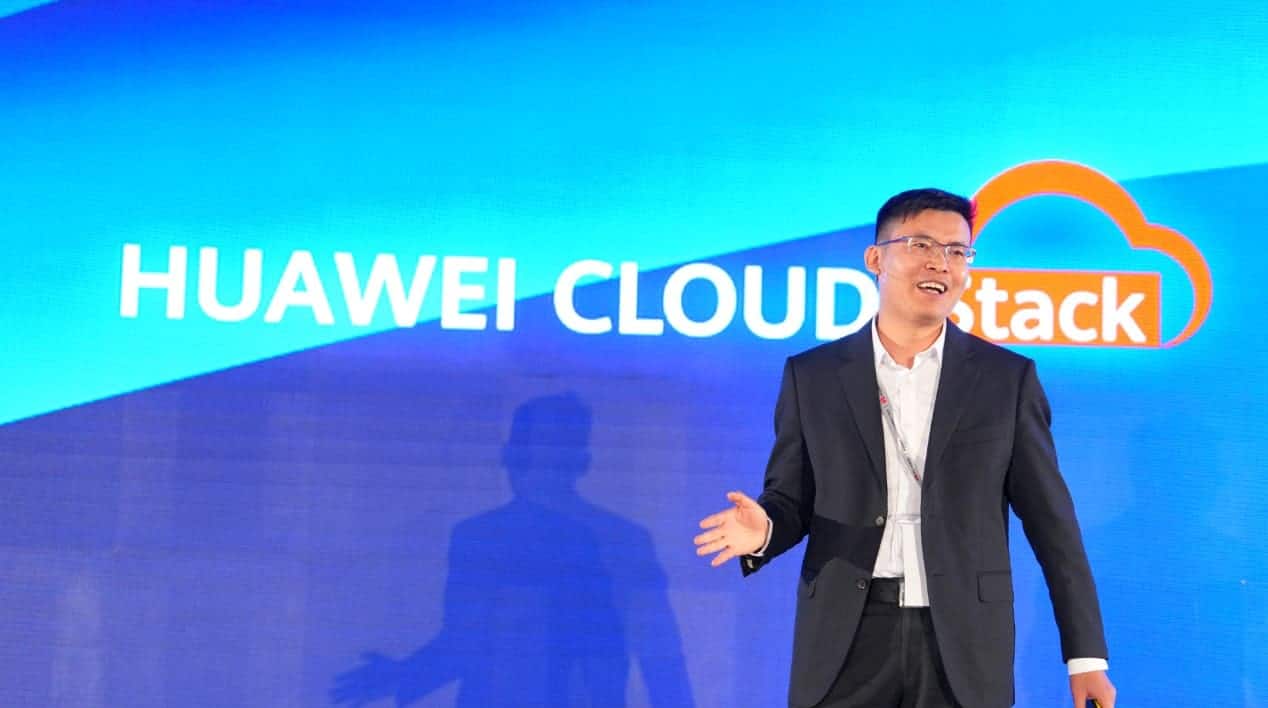Huawei is about to take a key step towards technological independence with the launch of its first ARM processor for PCs, the Huawei Kirin X90. Although the Chinese company has yet to make an official announcement, a recent leak from the China Information Security Evaluation Center has revealed the existence of this new chip, suggesting that its launch is imminent.
A First Look at the Kirin X90
The leak, widely circulated on Weibo, shows a list of computer processors set to launch in China. Among them, the Huawei Kirin X90 appears alongside other chips like the Shenwei H8000, Feitang Tengyun S5000C-E, and Loongson 3B6000/3C6000. This listing confirms that Huawei is in the final stages of developing its computer processor.
This SoC based on ARM architecture marks a significant evolution in the company’s strategy, which has long been seeking to reduce its reliance on foreign manufacturers like Intel and AMD. Since the success of the Kirin 9000S in the Mate 60 series, Huawei has accelerated its transition towards using in-house technology across its entire product line, including laptops.
Kirin X90: What Can We Expect?
Although technical details are still scarce, it is known that the Kirin X90 has been certified with a Level II security and reliability, indicating that it meets stability and performance standards for the Chinese market. Additionally, leaks suggest that this chip could offer improvements in multitasking, handling heavy workloads, and energy efficiency.
One of the most important aspects is the manufacturing process. Huawei may have utilized SMIC’s 7 nm technology, the only option currently available in China for producing advanced chips. However, this process is less efficient compared to the 4 nm technology from TSMC used by competitors like Apple and Qualcomm, meaning the Kirin X90 may not match the performance of chips like the Apple M4 or the Snapdragon X Plus.
Huawei and Its Commitment to Technological Independence
The development of the Kirin X90 is part of a broader effort by Huawei to create a completely independent computing ecosystem. In this regard, the company is not only working on its own processors but also on an alternative operating system to Windows. For some time, Huawei has been developing HarmonyOS for PCs, aiming to provide a complete solution without relying on foreign software.
This move responds not only to China’s self-sufficiency strategy but also to restrictions imposed by the United States, which have hindered Huawei’s access to key technologies like Intel and AMD processors.
How Does Huawei Position Itself Against Apple and Qualcomm?
While the Kirin X90 represents an important technological advancement, Huawei still faces considerable challenges to compete with industry giants. On one hand, Apple dominates the ARM processor market for PCs with its M1, M2, M3, and the newly released M4 chips, which offer outstanding performance in terms of energy efficiency and processing power. On the other hand, Qualcomm has also made strides in this market with the Snapdragon X Elite family, designed to challenge Apple’s dominance in laptops.
The challenge for Huawei will be to demonstrate that the Kirin X90 can offer competitive performance in the PC market while ensuring software compatibility and a robust ecosystem with HarmonyOS.
Conclusion: A Key Step in Huawei’s Strategy
The launch of the Huawei Kirin X90 will mark a milestone in the Chinese tech industry, allowing Huawei to reduce its dependence on foreign chips and move towards its own computing ecosystem. Although the chip may not match the performance of its Western competitors, its existence is a sign of the rapid advancement of the Chinese semiconductor industry.
In the coming months, Huawei may reveal more details about this processor, its architecture, and the first computers that will incorporate it. What is clear is that the Kirin X90 represents the beginning of a new era for the company and a new challenge to Apple and Qualcomm’s dominance in the world of ARM processors for PCs.

